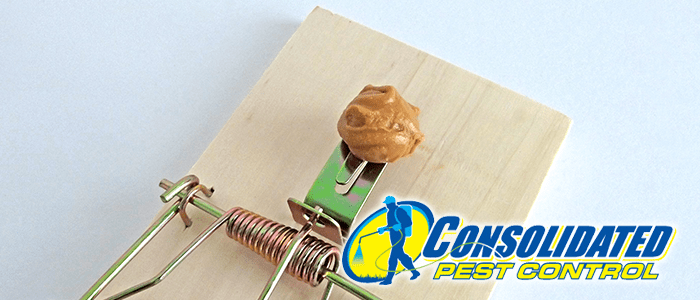
What Centipedes Live in Florida?
One of the major appeals of Florida is, no doubt, its wide array of plant and animal life. There’s a lot to see and appreciate in the panhandle, from our (possibly!) native flamingos to our snarling swamp gators. And what’s more – If you like bugs, there are over twelve thousand species of insect in Florida – At least! That doesn’t even count the thousands of other land-dwelling arthropods such as spiders and centipedes. We’re going to be talking about the latter today – Even if spiders don’t scare you, there’s a good chance centipedes at least freak you out a bit. Hopefully, learning more can make them a little easier to deal with.
The Three Most Common Offenders
What kinds of centipedes live here in Florida? Unfortunately, there is only one species of centipede native to the state, but that doesn’t mean others haven’t found their way down here. The most common and significant centipedes in Florida are the house centipede, the blue centipede, and the bark centipede. Every one of these creatures can create different problems in your home, but some of them are certainly more aggressive than others.
House Centipedes – Scutigera Coleptrata
The house centipede is bound to be one that you recognize. Though its body is only an inch long, its long legs can measure it up to four inches long. Its long legs give this black and yellowish-gray creature a very quick running speed, at 16 inches per second. That may not sound like much, but moving over a foot in a second at that size is like you or me running at 42 miles per hour! Though they might look like the stuff of nightmares, these creatures are not dangerous at all. Even if picked up, they aren’t likely to sting and prefer to run away from any potential threats. Still, avoid picking them up – Being squeezed in any way triggers a sting response.
Florida Blue Centipede – Hemiscolopendra Marginata
Our only native species of centipede gets its name from the blue-gray coloring of its body. About three inches long, its sting is sometimes said to be similar to a bee sting. We say “sting” instead of “bite” because centipedes use a pair of modified legs in the front of their bodies to deliver venom. Florida blue centipedes have short legs along the sides of their body, with one pair of legs per segment. At the back of the centipede is a pair of modified legs that look like feelers, and at the front is a pair of blue feelers. Though their bites aren’t that bad, they are very aggressive if threatened.
Bark Centipedes – Scolopocryptops sexspinosous
A reddish-brown centipede with yellow legs, these inch to two-inch centipedes has only a single pair of legs to each segment. Though they aren’t aggressive, you shouldn’t pick them up. As the name implies, they tend to hang around near the bases of trees where the bark has fallen, or under logs where their small size lets them chase after beetle larvae and other soft insect “treats.”
Because centipedes are so hardy and lay up to 55 eggs at a time, it can be hard for homeowners to fight their centipede infestations. You want to make your home inhospitable for centipedes – Remove outdoor clutter, seal entryways and cracks, and treat any other pest problems you have. If centipedes can’t find insects inside, they have no reason to go in there. If you suspect you have a centipede problem, call Consolidated Pest Control today!








